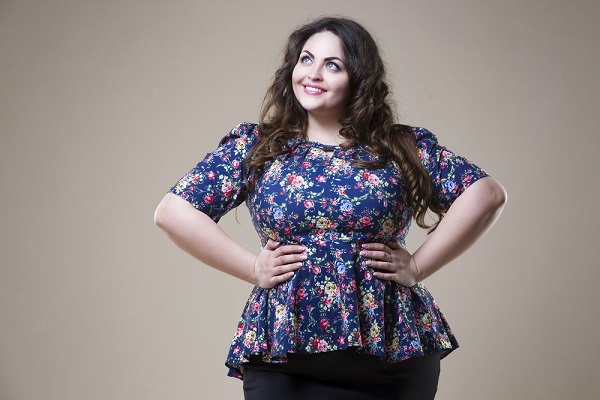
An all-new body positivity and size inclusivity fashion portfolio that includes clothes that suit a diverse range of body types is the latest buzzword among brand and retailers these days. There is currently a strong focus on launching a more versatile plus-size portfolio in response to increased demand for this segment.
Although the pandemic affected the sales of plus-size clothing due to inherent manufacturing concerns such as fabric and labour shortages, order cancellations, lower exports as well as tight purse strings on non-essential items, the demand for this segment is now back with a vengeance. Customers are also now more willing to spend on trendy garments that are easily available in larger sizes and it’s not just about comfort anymore. Industry leaders are of the opinion that the plus-size clothing market currently valued at US$ 601.7 billion in 2022 is projected to reach US$ 1,044.3 billion by 2032.
Premium brands foray into plus-size clothing
However, it’s no cakewalk to success as perfecting fits in the plus-size portfolio is far more of a challenge in design and in cost that the straight-size garments. Brands are often unwilling to invest beyond easy-fitting comfort styles, which often makes the larger-sized portfolio lacking in trend and style.
Also, plus-size clothing raises production costs as more material is used with more detailing and layering, so smaller manufacturers avoid producing such garments. Reduced profit margins, as a result of not being able to gauge customer preferences unlike straight garments of the normal size range is another factor. Premium and mid-range brands do well in this segment as they launch a dedicated collection instead of just adding bigger sizes to their existing portfolio.
Strong focus needed for versatility in style trends
In the straight-size collections, tops and dresses are the main categories available although curve products are more inclined towards T-shirts, wrap, and smock-style dresses. Other categories that need a more lasered focus on fits, such as bottoms and top product sets, make up a smaller proportion of the plus assortment. In the bottom wear segment, leggings equal a more significant percentage of plus ranges versus straight sizes. In the denim jeans segment, skinny silhouettes make up 44% of plus-size versus 26% of straight-size ranges, which are geared towards the straight-leg style that is currently in fashion now.
In skirts and dresses, mid-length has always taken precedence over mini-skirts which rank at just 7% in plus-size as compared to 19% in straight sizes. Even color is an important factor with less emphasis on bright and bold shades with black being far more of the dedicated mix than for straight sizes. Adding a color range to an existing best-seller style in stores and online is often a risk-free approach than launching new trend-led products of straight sizes in size-inclusive ranges.
Instead of body shaming, a positive public opinion of plus-size people, aided by celebrity endorsements and strong fashion marketing and promotional activities, is currently making more fashion sense for most brands in a trend that is likely to continue for quite some time yet.












